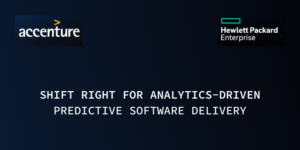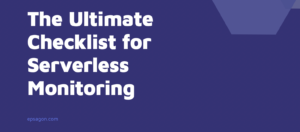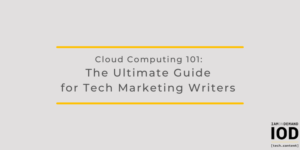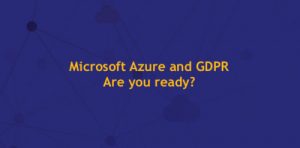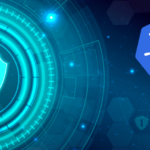Kubernetes (K8s) is the universal solution for container orchestration nowadays. This open-source tool allows a cluster to automatically scale, distribute, and handle containers for several different workloads. K8s can be considered a cloud operating system; it thus prevents vendor lock-in and is not dependent on how each cloud provider implements its offering.
As popular as Kubernetes has become, the platform introduces new risks that users should be aware of. First, because it is so widely used, any vulnerabilities will have higher visibility, and so K8s is more targeted than other services. Another aspect that should be considered is that Kubernetes manages all of the clusters and thus a great deal of sensitive information.
As a set of machines, a cluster can host multiple services from multiple teams, which can attract attackers and increase the impact of a compromised cluster. In order to prevent attackers from compromising the cluster, security teams must collaborate with developers and DevOps to guarantee every deliverable is properly secured and, on the other hand, implement the right security controls and tools to secure the cluster as a whole.
For any production system, security must be a top priority, especially if it is exposed to the internet or to many users. Some attack vectors include compromised valid credentials, misconfiguration exploitation, and software vulnerability exploitation. Kubernetes is a complex system made up of several subsystems (some of which are much older than Kubernetes itself) that must be correctly configured and patched.
